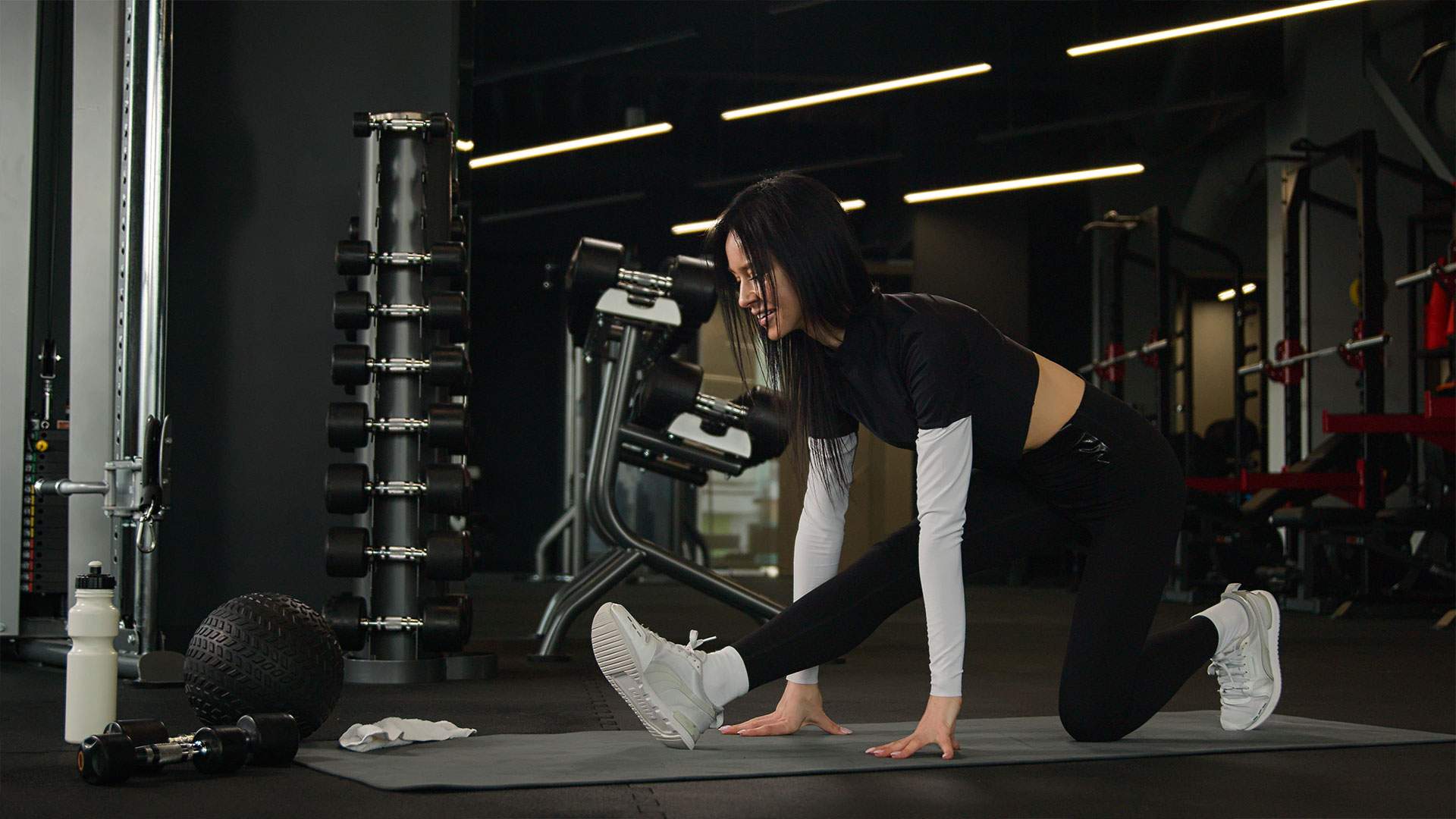Don’t Rely on Willpower: Build Systems That Do the Work

We often admire people with strong willpower—the ones who wake up at 5 a.m. to work out or never seem to miss a session. But here’s the truth: even the most consistent people don’t depend on willpower alone. They design systems that make showing up easier and skipping harder.
If you’re tired of starting and stopping, here’s how to stop relying on fleeting motivation and start building smart, sustainable systems that support your fitness goals—automatically.
Why Willpower Isn’t Reliable
Willpower is like a battery. It drains throughout the day due to stress, fatigue, decisions, and distractions.
- You wake up motivated… then burn through willpower dealing with work, kids, emails, and errands.
- By evening, you’re exhausted, and that workout feels impossible.
That’s not a character flaw—it’s human nature.
What Are Systems?
Systems are built-in processes and environments that make your desired behavior easier to follow. They take the decision-making out of your hands and make success the default.
Instead of relying on willpower to decide each day, systems automate your behavior.
1. Create a Repeatable Routine
Design a simple fitness schedule that doesn’t change much day to day.
Example System:
- Wake at 7:00 a.m.
- Drink water + change clothes
- 15-minute workout video
- Shower + breakfast
The more routine it is, the less you have to “decide” to do it. It becomes automatic.
2. Design Your Environment for Success
Your surroundings shape your habits. Make it easier to move than to stay sedentary.
System Tweaks:
- Leave your workout mat unrolled and visible
- Keep resistance bands or dumbbells where you see them
- Save your favorite workout videos in a browser folder
- Lay out workout clothes before bed
Remove barriers like searching for gear or making decisions.
3. Set Triggers and Cues
A trigger is a reminder to act—anchoring your workout to something you already do.
Examples:
- After brushing teeth → 5 push-ups
- After making coffee → 10 squats
- After lunch → 5-minute walk
These cues tell your brain: Now we move.
4. Use a Visual Tracker
Your brain loves to see progress. A calendar, habit app, or sticker chart gives instant feedback and encourages consistency.
Try:
- Printing a 30-day tracker and marking each day
- Using a habit app like Streaks, Habitica, or Done
- Creating a “don’t break the chain” wall chart
Make progress tangible—even if it’s small.
5. Automate Accountability
We’re more consistent when we know someone is paying attention.
System Examples:
- Text a friend your workout every day
- Join a group challenge with weekly check-ins
- Use a fitness app that logs and shares progress
- Schedule a recurring reminder on your phone
Don’t wait until you “feel” accountable—design accountability into your routine.
6. Pre-Plan Workouts
Don’t waste brainpower deciding what to do.
System Options:
- Choose 3 workouts and rotate them weekly
- Subscribe to a YouTube channel or fitness app
- Write your routine on a whiteboard or post-it note
- Save routines on your phone’s Notes app
If you don’t have to think about it, you’re more likely to do it.
7. Set a Default Minimum
Your system should include a low-bar backup plan.
Example System:
- Primary workout = 30-minute circuit
- If tired → 10-minute walk or stretch
- If sick or stressed → 2 minutes of deep breathing
This removes the “all-or-nothing” trap and keeps the habit alive.
8. Build Positive Feedback Loops
Let your system include built-in rewards—even small ones.
Ideas:
- Favorite playlist only during workouts
- Smoothie or coffee after your session
- Sticker or emoji added to your calendar
- Short journaling or reflection time
Pleasure reinforces action.
9. Audit and Adjust Monthly
Even great systems need tweaking. Once a month, reflect:
- What’s working well?
- What’s feeling hard or clunky?
- Where am I skipping or procrastinating?
- What can I remove to simplify things?
Improving the system keeps things fresh without overhauling the whole routine.
10. Make the Path of Least Resistance Lead to Action
Design your day so the easiest choice is the right one.
Examples:
- Store weights by the TV so you can curl during commercials
- Set a workout playlist as your morning alarm
- Tape your goals to your bathroom mirror
We’re not weak—we’re wired for efficiency. So make the efficient choice the one that supports your goal.
Final Thoughts
Relying on willpower to stay fit is like relying on sunshine to power your home—great when it’s there, unreliable when it’s not. Systems are your solar battery. They keep you going even when motivation fades.
Design routines. Structure your environment. Make your desired actions easy and automatic.
When you stop trying to force consistency and start engineering it, fitness becomes less of a fight—and more of a flow.
